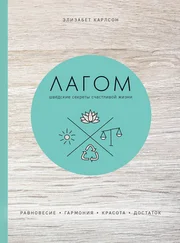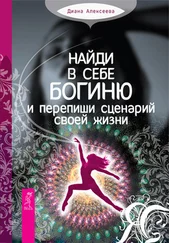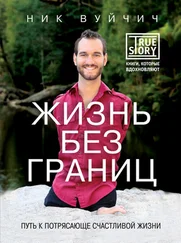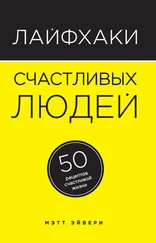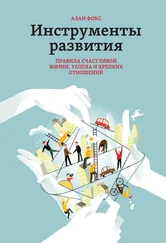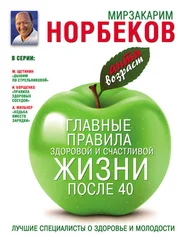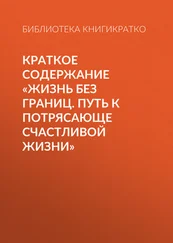Eller L. S. Guided imagery interventions for symptom management // Annual review of nursing research. 1999. № 17. P. 57–84.
Achterberg J., Lawlis G. F. Bridges of the body-mind: behavioral approaches for health care. Champaing, IL: institute for personality and ability testing, 1980.
Miller М. E., Di Cara L. Instrumental learning of heart rate changes in curarized rats; Shaping and specificity to discriminative stimulus // Journal of comparative and physiological psychology. 1967. № 63. P. 12–19; Miller М. E. Learning of visceral and glandular responses // Science. 1969. № 163. P. 434–445.
Basmajian J. V. Muscles alive: their functions revealed by electromyography. Baltimore: Williams and Wilkins, 1967.
Green E. Feedback technique for deep relaxation // Psychophysiology. 1969. № 6 (3). P. 371–377; Green E. Self-regulation of internal states // Rose J. ed., Progress of cybernetics: Proceedings of the First International congress of cybernetics, L., September 1969; L.: Gordon and Breach science publishers, 1970. P. 1299–1318; Green E. et al. Voluntary control of internal states: psychological and physiological // Journal of transpersonal psychology. 1970. № 2. P. 1–26; Satinsky D. Biofeedback treatment for headache: a two-year follow-up study // American journal of clinical biofeedback. 1981. № 4 (1). P. 62–66; Silver В. V. et al. Temperature biofeedback and relaxation training in the treatment of migraine headaches: one-year follow-up // Biofeedback and self-regulation. 1979. № 4 (4). P. 359–366.
Kappes В. M. Sequence effects of relaxation training, EMG and temperature biofeedback on anxiety, symptom report and self-concept // Journal of clinical psychology. 1983. № 39 (2). P. 203–208; Rose G. D. et al. The behavioral treatment of Raynaud’s disease; a review // Biofeedback and self-regulation. 1987. № 12 (4). P. 257–272.
Tsushima W. T. Treatment of phantom limb pain with EMG and temperature biofeedback: a case study // American journal of clinical biofeedback. 1982. № 5 (2). P. 150–153.
Dobie Т. G. A comparison of two methods of training resistance to visually-induced motion sickness // Presented at VII International man in space symposium: physiologic adaptation of man in space, Houston, Texas, 1986. Aviation, space and environmental medicine. 1987. № 58 (9). Sect. 2. P. 34–41.
Ikemi A. et al. Thermographical analysis of the warmth of the hands during the practice of self-regulation method // Psychotherapy and psychosomatics. 1988. № 50 (1). P. 22–28.
Claghorn J. L. Directional effects of skin temperature self-regulation on regional cerebral blood flow in normal subjects and migraine patients // American journal of psychiatry. 1981. № 138 (9). P. 1182–1187.
Davis M. et al. The relaxation and stress reduction workbook. 5th edition; Oakland, CA: New Harbinger publications, 2000. P. 83–90.
Lashley J. K. et al. An empirical account of temperature biofeedback applied in groups // Psychological reports. 1987. № 60 (2). P. 379–388; Fahrion S. et al. Biobehavioral treatment of essential hypertension: a group outcome study // Biofeedback and self-regulation. 1986. № 11 (4). P. 257–277.
Panksepp J. The autonomy of emotions // Emotion: theory, research and experience vol. III. Biological foundations of emotions, Plutchik R. ed., N. Y.: Academic Press, 1986. P. 91–124.
Panksepp J. The neurobiology of emotions: of animal brains and human feelings // Manstead Т., Wagner I I. eds., Handbook of psychology, Chichester, UK: John Wiley and sons, 1989. P. 5–26.
Clemente C. D. et al. Postreinforcement EEG synchronization during alimentary behavior // Electroencephalography and clinical neurophysiology. 1964. № 16. P. 335–365; Chase М. H. et al. Afferent vagal stimulation: neurographic correlates of induced EEG synchronization and desynchronization // Brain research. 1967. № 5. P. 236–249.
Sterman М. B. Neurophysiological and clinical studies of sensorimotor EEG biofeedback training: some effects on epilepsy // Seminars in psychiatry. 1973. № 5 (4). P. 507–525; Sterman М. B. Neurophysiological and clinical studies of sensorimotor EEG biofeedback training: some effects on epilepsy // Biofeedback: behavioral medicine Birk L. ed.; N. Y.: Grune and Stratoon, 1973. P. 147–165; Sterman М. B. Epilepsy and its treatment with EEG feedback therapy // Annals of behavioral medicine. 1986. № 8. P. 21–25; Sterman М. B. The challenge of EEG biofeedback in the treatment of epilepsy: a view from the trenches // Biofeedback. 1997. № 25 (1). P. 6–7; Sterman М. B. Basic concepts and clinical findings in the treatment of seizure disorders with EEG operant conditioning // Clinical electroencephalography. 2000. № 31 (1). P. 45–55.
Peniston E., Kulkosky P. J. Alpha-Theta brainwave training and beta-endorphin levels in alcoholics // Alcoholism: clinical and experimental research. 1989. № 13. P. 271–279; Peniston E., Kulkosky P. J. Alcoholic personality and alpha-theta brainwave training // Medical psychotherapy. 1990. № 3. P. 37–55.
Kamiya J. Operant control of the EEG alpha rhythm // Altered states of consciousness, Tart C. ed. N. Y.: Wiley, 1969. Kamiya J. Conscious control of brain waves //’ Psychology today 1968. April. P. 7.
Schoenberger N. E. et al. Plexyx neurotherapy system in the treatment of traumatic brain injury: an initial evaluation // Journal of head trauma rehabilitation. 2001. № 16 (3). P. 260–274.
Kidd С. B. Congenital ichthyosiform erythroderma treated by hypnosis // British journal of dermatology. 1966. № 78. P. 101–105.
Bennett H. Behavioral anesthesia // Advances. 1985. № 2 (4). P. 11–21, as reported in Dienstfey H. Mind and mindlessness in mind-body research // M. Schlitz et al. Consciousness and healing: integral approaches to mind-body healing . St. Louis, MO: Elsveir Churchill Livingstone, 2005. P. 56.
Dienstfey H. Mind and mindlessness . P. 51–60.
Доктор Анджел Эскудеро выпустил совместно с ВВС фильм «Ваша жизнь в их руках» в мае 1991 года. В фильме Эскудеро распиливал, сверлил и дробил ногу пациента, чтобы сломать и заново соединить кости. Пациент при этом находился в полном сознании и использовал техники контроля над болью.
Kosslyn S. М. et al. Hypnotic visual illusion alters color proceeding in the brain // American journal of psychiatry. 2000. № 157. P. 1279–1284; Henderson M. Hypnosis really does turn black into white // The times. 2002, 18 February.
Читать дальше
Конец ознакомительного отрывка
Купить книгу

